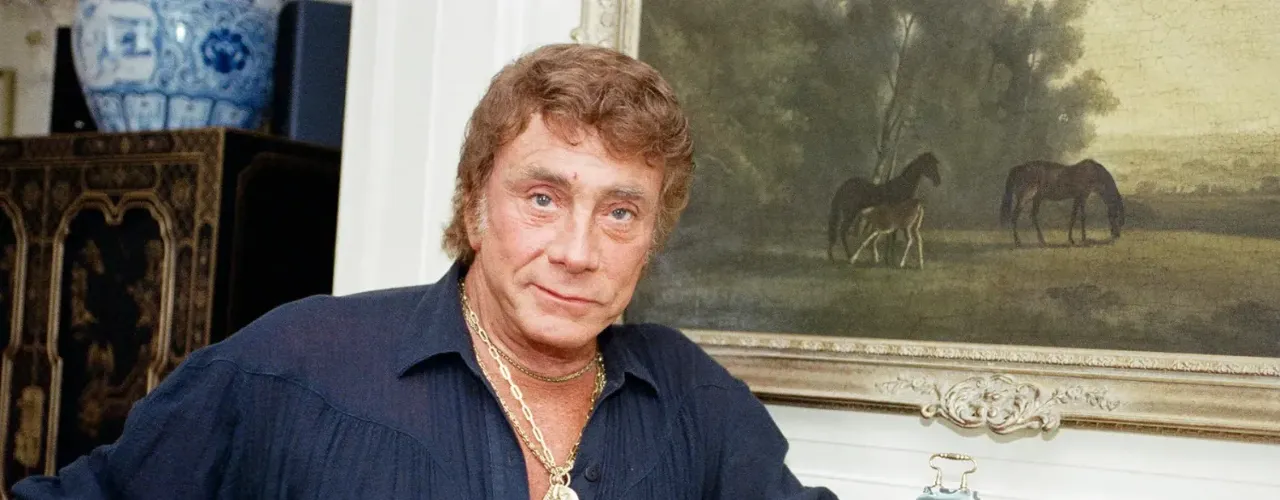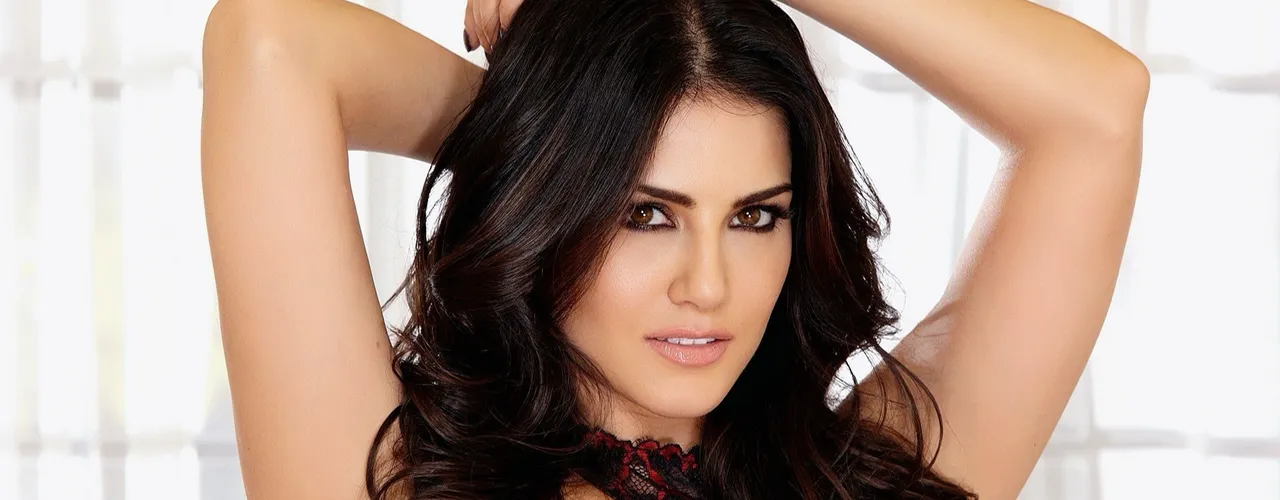
When the first issue of Penthouse hit American newsstands in 1969, it arrived not with a whimper but a whisper—sensual, deliberate, and daring. In the heat of the sexual revolution, one man dared to turn the flame up higher. That man was Bob Guccione, and with his artful eye and devil-may-care ambition, he created a legacy unlike any other.
At the very center of this glossy empire stood a singular, intoxicating icon: the Penthouse Pet. More than just a beautiful face and a perfect body, the Pets was a symbol of feminine mystique, freedom, and seduction. Her allure was undeniable, her presence unforgettable. But what made the Penthouse Pets a cultural phenomenon, a legend imprinted in the male subconscious for generations?
It began with vision. Bob Guccione didn’t just want to compete with Hugh Hefner and his bunny empire. He wanted to surpass it, to offer something more real, more decadent, and unapologetically candid. Where Playboy projected a pristine illusion of the girl-next-door fantasy, Guccione captured the woman who might walk in from the shadows of your wildest dreams—intimate, raw, and dripping with European eroticism. His was not the clean, white-walled world of sanitized sexuality. Penthouse was velvet, smoke, and satin.
Born in Brooklyn, raised in New Jersey, and refined in Europe, Guccione was never interested in simply copying what Hefner built. While Playboy leaned into American conservatism with a tasteful wink, Penthouse emerged as the darker, sultrier rival, shaking off the last vestiges of puritan restraint. The Pets were his muses—his Mona Lisas. Shot in soft light, posed like goddesses, their power lay in their fearless gaze. They weren’t looking for your approval. They knew they had it.
Historically, the rise of the Penthouse Pet mirrored a broader shift in cultural tides. The late '60s and '70s were eras of rebellion, of questioning norms, of embracing pleasure as protest. Feminism was evolving, and so too was the portrayal of the female body. For many, Penthouse offered a space where women weren’t merely objects but sirens commanding attention. The Pet was a revolution in lace.

Each month, a new starlet would grace the centerfold and the dreams of men across the world. Their names are etched into the pages of adult lore: Anneka Di Lorenzo, Kimberly Taylor, Sunny Leone, and countless others. Their rise to stardom wasn’t just about posing nude—it was about exuding a presence that burned through the page. For many readers, the Pet was the first woman who taught them to worship the divine feminine.
What separated Penthouse from Playboy wasn’t just the degree of explicitness, though it was certainly more unfiltered, more anatomically reverent. It was the intimacy. Guccione approached erotic photography like a painter approaches his canvas—with reverence, with sensual curiosity, with a hunger for authenticity. He wanted you to feel like you were in the room with her. Breathing her in. Watching her undress. Not for you, but for herself.
And therein lay the genius.
Guccione believed in eroticism as art, and he invested more than just film and paper. He poured himself into every detail: the angles, the fabrics, the mood, the lighting. Pets weren’t just centerfolds; they were emblems of a lifestyle, of opulence, of aesthetic abandon. His work was cinematic, often controversial, always unforgettable.
The battle with Playboy was, at times, brutal. In the early days, Guccione pushed boundaries that would leave Hefner in courtrooms or boardrooms, backpedaling to appease advertisers. But Guccione didn’t play by corporate rules. He built Penthouse on the back of European permissiveness, importing a style that was at once more sexual and more sophisticated. He broke taboos. He sparked debates. And he sold millions.

Even as the years wore on, and competitors rose and fell, the Penthouse Pets endured. She evolved. She adapted. She became a video star, an internet icon, a multimedia goddess. She graced our fantasies in every format imaginable, but always with that same signature allure: confidence, sexuality, and an undercurrent of mystery.
Penthouse never apologized for its rawness. Never pretended to be something it wasn’t. And in that authenticity, it built an empire. Pets were chosen not just for their physical perfection, but for their charisma, their presence, their unique ability to evoke desire and admiration in equal measure. They were not girls you brought home to Mom. They were women you dreamed of while she made Sunday dinner.
Today, in an era flooded with endless content and superficial stimulation, the original Penthouse Pet remains an icon. Her photos, her interviews, her sultry smirks across decades of pages—they remind us of a time when erotica had elegance, when seduction was a story told slowly, luxuriously.
Bob Guccione’s legacy is more than ink and flesh. It is the unapologetic celebration of the female form, the bold decision to print desire without filter, and the creation of a cultural pillar that still stands tall, shining with the satin sheen of unapologetic glamour.
To the Pets of past, present, and future—you are the eternal flame. You are Penthouse.

Author: Lea Parkins